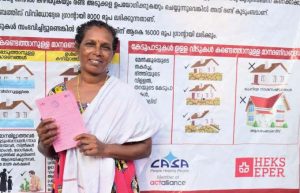CASA BLOGS

CASA RESPONDS IN KERALA
CASA swung into immediate relief action after ground reports of rescue operations started circulating in the media. With a team of more than 30 members, CASA conducted assessment of the situation and reached out to the most affected people with dry ration and non-food items.
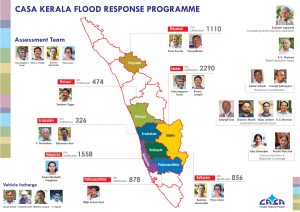
Our teams were stationed in the seven worst hit regions varying from hilly districts of Wayanad and Idukki where landslips were a major concern, to low-lying districts of Thrissur, Ernakulam, Kottayam, Pathanamthitta and Alappuzha which bore the brunt of inundation.
FOR DISTRICT WISE INFO http://www.casa-india.org/blog/casa-latest-updates/
Day by day, the loss and need ratio was widening in the state as victims of vulnerable and collapsed houses shifted to relief camps that were managed by the state government. Looking at the crisis CASA came out with its second and the major phase of intervention. Kottayam was strategically selected as the location from where most of CASA’s procurement activities were managed. Our ground staffs were always on the move. Identification of beneficiaries in the most affected villages and liasoning with the Panchayat and ward offices was a crucial step before we proceeded for material distribution.
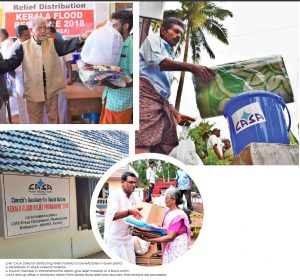
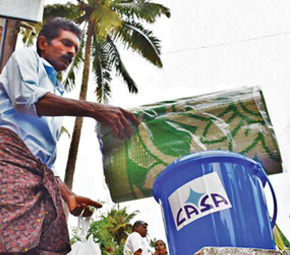
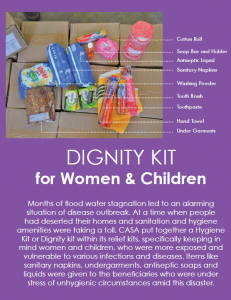 REACHING THE REMOTEST PARTS
REACHING THE REMOTEST PARTS
CASA started visiting the affected areas of Kerala during the flood situation and interacted with the people who lost their houses, essential materials and were spending their days in relief camps. During their visits, CASA evaluation teams reached interior tribal settlements of Wayanad district and interior backwater areas of Kuttanad to develop a damage analysis based on which beneficiary mapping was done and relief distribution was processed in the days to be followed. Every single team was accompanied by at least one woman CASA staff to understand and map the conditions of women and children on a better scale.
DISTRIBUTION DELIVERY
Taking cognizance of the media reports and evaluation factsheets from its own staff, CASA began its widespread distribution process for 4,346 selected families across the affected state from September onward. Starting with the procurement of huge loads of material to packaging, CASA Kottayam office was placed strategically for a smooth functioning of the entire process.
VOLUNTEERS & COMMUNITIES MAKE IT POSSIBLE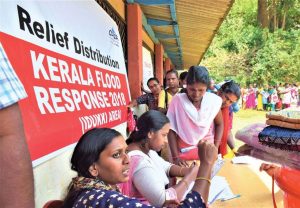
Vulnerability reduction is a step-by-step process through recognizing potential problem areas, and one of the important phases of the response is the coming together of the community – without which successful completion of the relief operations becomes almost impossible. CASA being the oldest and pioneer humanitarian organisation, has accomplished all its disaster relief work with full cooperation from the communities, and Kerala story was not different. The only initial challenge, however, was breaking the ice of hesitance and agitation. Using local contacts, our teams selected the most active members having a better understanding of their condition post floods.
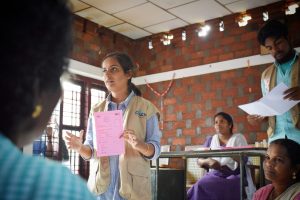 LONG-TERM ENGAGEMENT
LONG-TERM ENGAGEMENT
As communities and economies move from responding to a natural disaster to following the longer road of recovery, those involved have an opportunity to ensure that investments are designed for long-term sustainability and innovation. Moving ahead with a good rapport developed with the community members over time, CASA’s final and the ongoing phase of intervention ‘Support Through Bank Transfer’ program is being implemented, wherein families will be given monetary help – only through proper verification of documents and damage assessment – in the recovery process.
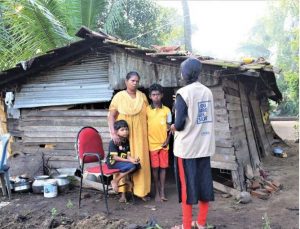 GIVING MORE POWER TO THE PEOPLE
GIVING MORE POWER TO THE PEOPLE
The ‘Unconditional Cash Transfer Through Bank Accounts’ program is in its final phase of implementation wherein the communities will be given monetary support through bank transfer after proper verification of documents and need assessment. The program will not deal with any hand-to-hand cash transfer but will be strictly adhering to bank transfers only; giving people the utmost authority to utilise the resource as per their needs. Seen as a bold, progressive and futuristic move within humanitarian circle, the program aims to give liberty to its people to make a variety of choices – from repairing of houses, to buying household essentials, to investing on new livelihood opportunities, to levelling of house, to preparing for the next season’s flood – spreading to a wide diversity of needs of the hour.
“I will now rebuild a safer house with the monetary help”
This time 54-year-old Anandvili intended to raze her damaged house to the ground and shift into a much safer asbestos shed by levelling it to a few inches above the ground. She hopes that by doing so she will withstand inundation the next season as her house is just 10 steps away from a backwater canal. However, her only problem was that her family did not have the kind of resources needed to buy material or pay labour charges.
“CASA came to our Ramackerry village in Alappuzha district and surveyed our needs, based on which I was selected as one of the beneficiaries for the monetary program. We had no purchasing capacity after the floods and the roof of my house had already started crumbling every single day. With the support into my bank account, CASA encouraged me to go ahead with my plans of buying asbestos sheets and levelling material so that we could shift into the new house before the next disaster strikes,” says Anandvilli.
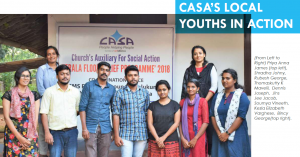
 Previous Blog Post ‘There was slush everywhere’
Previous Blog Post ‘There was slush everywhere’ DISASTERS: A Trafficking Trap for Victims
DISASTERS: A Trafficking Trap for VictimsFeatured Post
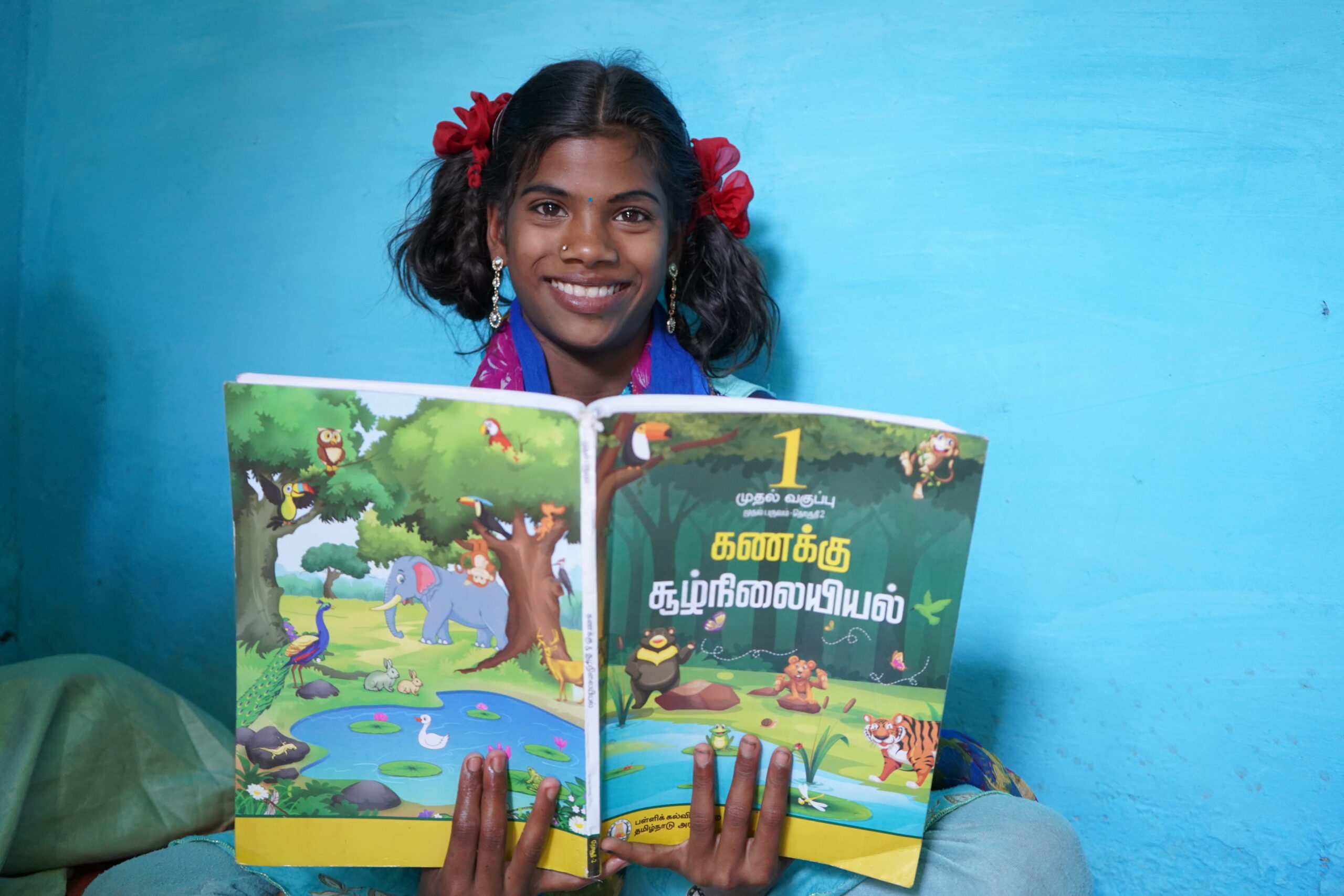
Empowering Rural Education in India:
14 Mar 2024
Introduction: In the vast tapestry of India, education is the key to unlocking the door to a brighter future. However, the challenge of providing quality education to the rural parts of the country persists. In this blog post, we will delve into the crucial role that Non-Governmental Organizations (NGOs) play in bridging the educational gap […]
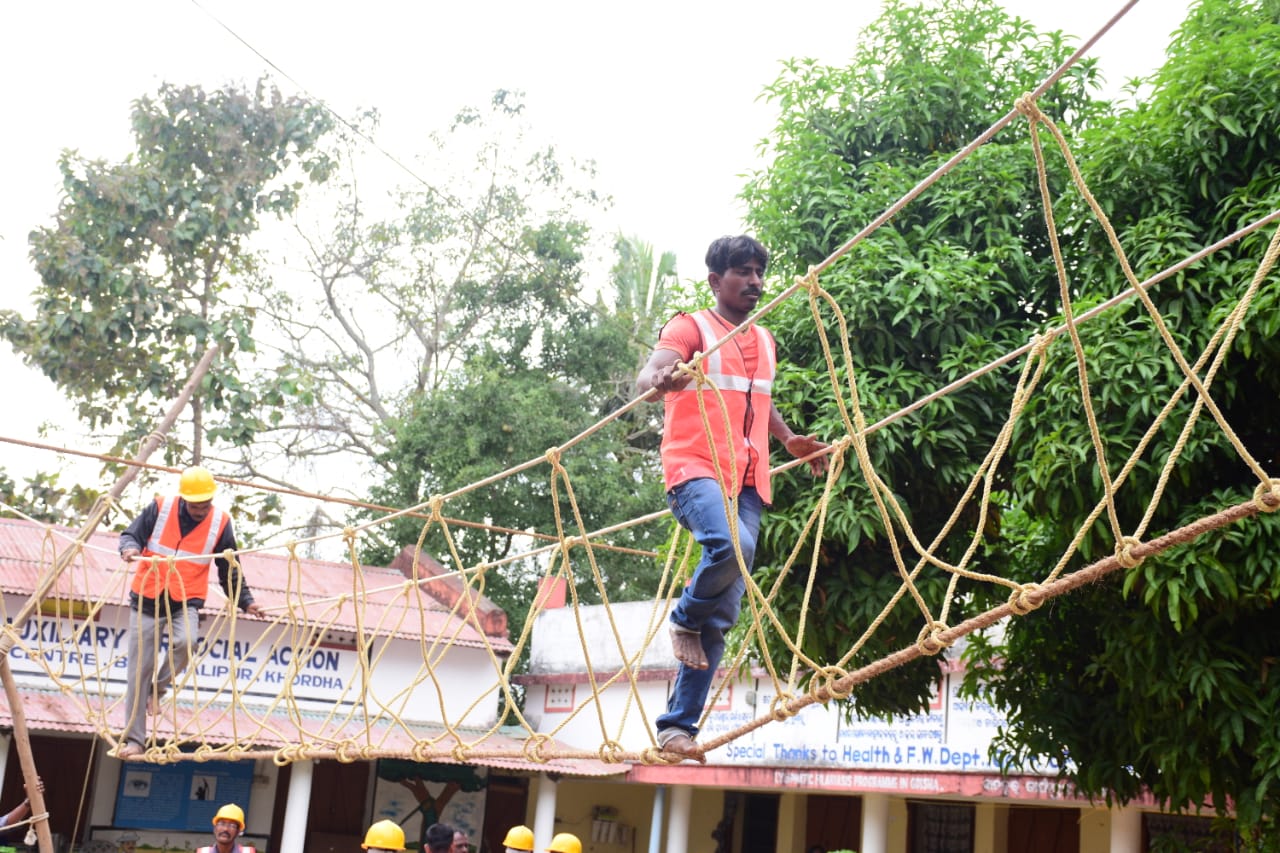
Empowering the Future: Disaster Management Training for School Children in Disaster-Prone Areas
22 Feb 2024
Introduction: In the face of increasing natural disasters worldwide, it becomes imperative to equip our younger generation with the knowledge and skills necessary to handle emergency situations. Children, being one of the most vulnerable groups during disasters, can greatly benefit from disaster management training. This blog explores the significance of imparting such training, with a […]
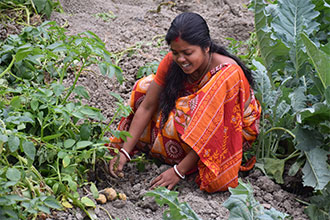
Empowering Women: Transforming Lives Through Sustainable Livelihoods in Rural India
16 Feb 2024
Introduction: In the heart of rural India, a silent revolution is taking place as women embrace newfound opportunities for sustainable livelihoods. This transformation not only uplifts individual lives but also contributes to the overall development of communities. At [Your Organization’s Name], we are committed to driving positive change by providing women in rural India with […]


